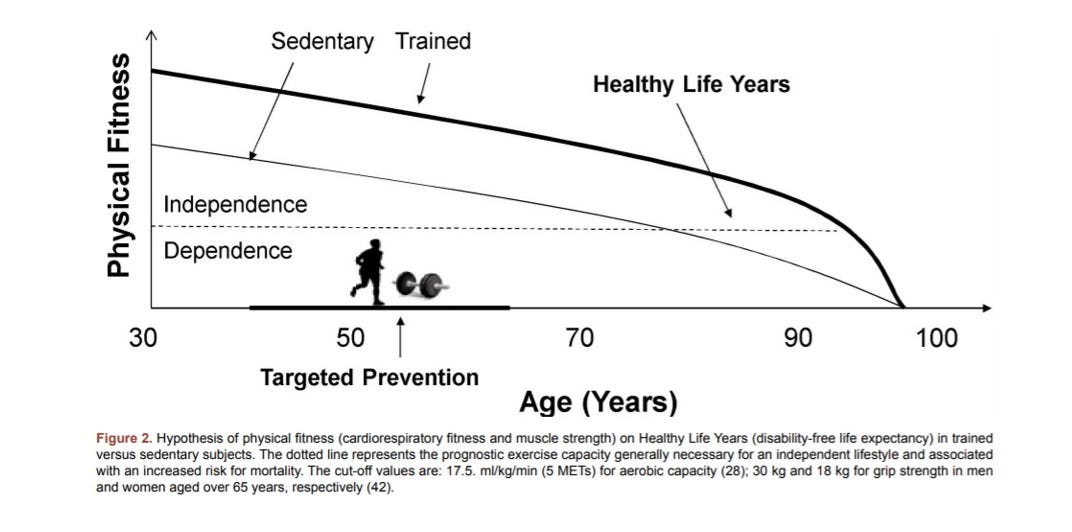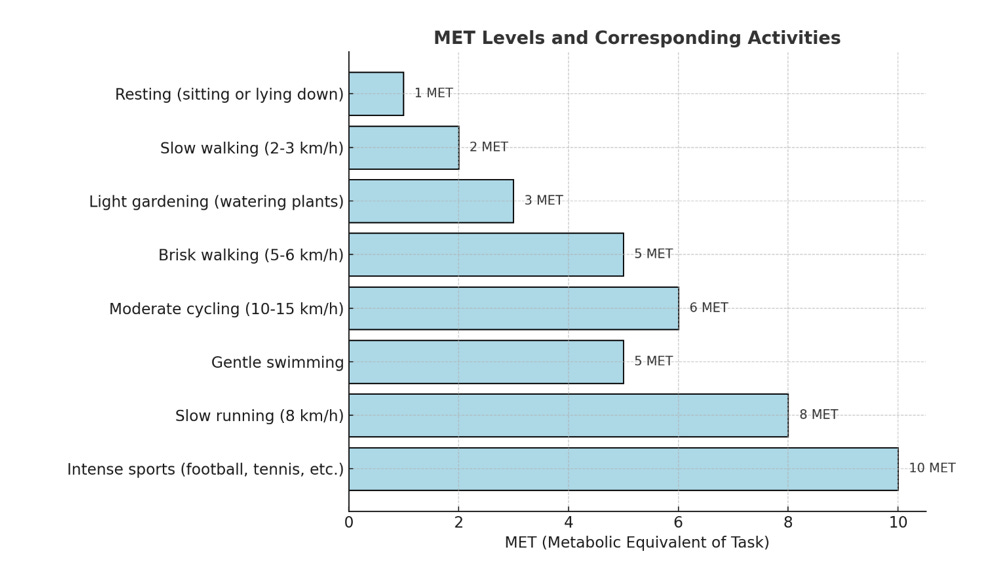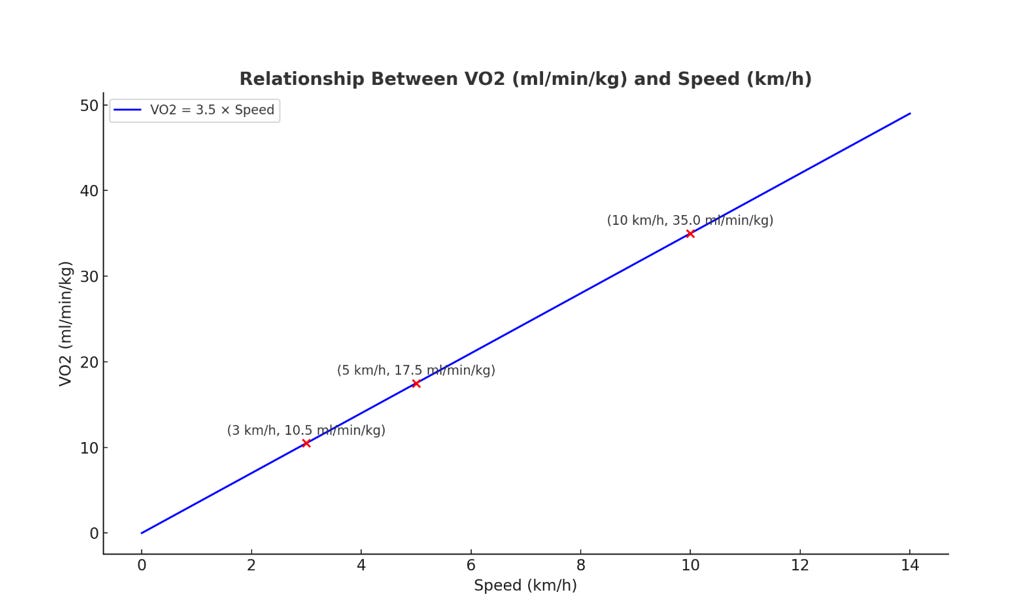VO2max for ever
For life, vitality, and performance... at any age, as long as you have the desire.
Yes, it’s all about desire, and as far as VO2max is concerned, I’ve devoted my life to it. It all started with the vitality to climb the hill from Grenoble to Romage every evening after school, then high school, and later university.
From there, my journey expanded to better understand the mechanics of performance in cross-country skiing, running, marathons, and trail running.
And finally, it evolved into a quest to hold on to life for as long as possible, continually seeking the training methods that can grant you that VO2max boost at any age—with a methodology designed to inspire you to run differently, more intelligently, and in ways that adapt to any situation.
My company, BillaTraining, is now 10 years old and continues to support young people who aspire to become experts in exercise physiology. This passion for passing on knowledge is what keeps me going—stronger than ever, "for ever," as long as vitality allows, thanks to our advancing understanding of how to boost VO2max.
Sometimes, cobblers do wear the best shoes!
In three key illustrations, I’ll highlight the significance of this eternal VO2max, which has been around for over 100 years since its inception in 1924 (thanks to the Nobel Prize in Physiology or Medicine awarded to A.V. Hill, himself a runner). VO2max continues to reveal itself while keeping some secrets hidden, secrets that I am confident I can uncover and will share with you through this blog of scientific "popularization" in its truest sense.
As a physiologist, I believe that illustrations are the best tools for learning and discovery. These striking visuals are the same ones I’ve recently used with my international Master 1 students—hailing from Pakistan, Armenia, China, Africa, Brittany 😉, and beyond—who all need VO2max as they work towards their degrees. After all, studies require both endurance and power, especially in January and June (exam periods). 💪🧠
1. Here is Figure 1, which perfectly illustrates the relationship between VO2max and life expectancy:
Figure 1. Key Illustration: Cardiorespiratory Fitness (CRF) Directly Measured for Predicting Mortality Risk
"Mortality risk decreases with increasing levels of cardiorespiratory fitness in apparently healthy men and women."
Axes:
Vertical Axis: Mortality Risk (blue for men, red for women).
Horizontal Axis: Fitness Level (low, moderate, high).
Note at the bottom of the figure: "There is a significant reduction in mortality risk with increasing levels of cardiorespiratory fitness in both men and women. This progressive relationship is independent of traditional cardiovascular risk factors."
This figure clearly demonstrates the relationship between cardiorespiratory fitness (the ability of the heart and lungs to supply oxygen during exercise) and mortality risk in healthy individuals. In other words, improving endurance and physical capacity significantly reduces mortality risk.
The lines (blue for men and red for women) show a progressive decrease in mortality risk as cardiorespiratory fitness improves from "low" to "high."
Individuals with low fitness levels (illustrated by a stationary figure) face a higher mortality risk.
Conversely, those with high fitness levels (illustrated by an active runner) exhibit a much lower mortality risk.
Key Points:
Gender Differences:
While the trend is similar for both sexes, the red curve (women) dips slightly lower, suggesting women may experience a relatively greater reduction in mortality risk at higher fitness levels.Independent Impact:
This reduction in mortality risk is observed regardless of other cardiovascular risk factors (e.g., hypertension or diabetes). This highlights the importance of improving physical fitness even for individuals who are already healthy.
Practical Implications:
Cardiorespiratory training, such as running, cycling, or swimming, can significantly enhance longevity.
Even moderate levels of physical activity (e.g., brisk walking) can reduce mortality risk compared to a sedentary lifestyle.
Study Details:
The Importance of Cardiorespiratory Fitness (CRF) in Predicting Mortality
What This Study Shows:
Brief Methodology:
Participants:
4,137 adults (mean age of 43 years, including 2,326 men and 1,811 women) completed CPX tests to evaluate their CRF.Follow-up:
Participants were followed for an average of 24 years, with some up to 49 years, to assess mortality risks.Analysis:
Participants were grouped by CRF levels (low, moderate, high), and statistical models were used to analyze the relationship between CRF and mortality risks.
Main Results:
Link Between CRF and Mortality:
Low CRF was associated with an increased risk of:
All-cause mortality (+73% risk).
Cardiovascular mortality (+127% risk).
Cancer mortality (+107% risk).
In contrast, individuals with high CRF had significantly lower risks in these categories.
Impact of Each MET (Metabolic Equivalent):
Each one-unit increase in CRF (measured in METs) was associated with:
11.6% reduction in all-cause mortality risk.
16.1% reduction in cardiovascular mortality risk.
14.0% reduction in cancer mortality risk.
This compelling evidence underscores the profound benefits of improving cardiorespiratory fitness—not just for cardiovascular health but also for overall longevity, even in healthy individuals.
Why This Study Is Important
This research stands out by directly measuring CRF through CPX (VO2max) testing—a method that is much more accurate than commonly used estimations. The findings confirm that CRF is not just a marker of athletic performance but a true indicator of health and longevity.
A key takeaway: Even small improvements in physical fitness (e.g., increasing from 4 METs to 5 METs, equivalent to walking briskly instead of slowly) can significantly reduce your risk of serious diseases and premature death.
Conclusion
The benefits of good cardiorespiratory fitness go far beyond physical performance. They have a direct impact on your life expectancy and quality of life. As this study shows, an accurate assessment of your CRF—ideally through VO2max testing—could help predict and reduce your mortality risks.
Living a long life is great, but adding life to your years is even better! For vitality at any age, Figure 3 illustrates this perfectly:
And don’t forget, to climb and descend Mont Blanc via the Royal Route without requiring a helicopter rescue, a minimum VO2max of 50 ml.min⁻¹.kg⁻¹ is highly recommended!
(Reference: Billat Mountaineering Experience Study)
(chrome-extension://efaidnbmnnnibpcajpcglclefindmkaj/https://publications.billatraining.com/publications/2009/billat_mountaineering_experience_decreases_net_oxygen_cost_in_climbing_montblanc_pdf.pdf)
2. Here is Figure 2, which perfectly illustrates the relationship between VO2max and vitality throughout life:
Let us now explore the link between VO2max and vitality throughout life (Figure 2).
Figure 2: Protecting Your Independence: Understanding the Importance of Physical Fitness
This figure illustrates a crucial truth: physical fitness directly impacts our ability to remain independent as we age. Good cardiorespiratory endurance and sufficient muscle strength help extend the years of healthy living and prevent early dependence.
Physical Fitness and Its Critical Thresholds
To remain independent, it is necessary to maintain a minimum level of physical fitness, measured by two key indicators:
Cardiorespiratory Fitness (CRF):
The threshold value is a VO2 max of 17.5 ml/kg/min, equivalent to 5 METs (Metabolic Equivalent of Task).
What is a MET?
A MET represents the energy expenditure of an activity compared to resting energy expenditure.
1 MET equals the energy consumed while sitting or resting (approximately 3.5 ml of oxygen per kilogram of body weight per minute).
Activities at 5 METs:
Brisk walking (5-6 km/h on flat terrain).
Light cycling (10-15 km/h).
Active gardening (raking, digging).
If VO2 max drops below this threshold (17.5 ml/kg/min or 5 METs), the ability to perform basic activities diminishes, and the risk of dependence increases.
Muscle Strength:
Grip strength (measured using a dynamometer) is a key indicator of overall strength:
For men over 65: threshold of 30 kg.
For women over 65: threshold of 18 kg.
Insufficient strength reflects general weakness, affecting activities such as carrying groceries, standing up from a chair, or opening jars.
Decline with Age: Sedentary Lifestyle vs. Training
Sedentary individuals:
Reach the critical fitness thresholds (17.5 ml/kg/min and 30/18 kg grip strength) much earlier, often around 70 years old.
Experience rapid declines in independence, with increased risks of chronic diseases, falls, and dependence.
Trained individuals:
Maintain a VO2 max above 17.5 ml/kg/min and sufficient muscle strength well past 80 years old.
Stay independent longer, with better quality of life and delayed dependence.
Why Are These Thresholds Crucial?
Falling below these critical values can lead to:
Loss of mobility (difficulty walking, climbing stairs, or standing up from a chair).
Dependence on others for daily tasks (dressing, bathing, shopping).
Increased risk of serious illnesses (diabetes, cardiovascular disease, osteoporosis).
Drastic reduction in healthy years of life.
How to Preserve Independence?
Improve Endurance (VO2 max):
Engage in endurance activities at least 150 minutes per week, such as:
Brisk walking (5-6 km/h): 5 METs.
Moderate cycling (10-15 km/h): 4-6 METs.
Gentle swimming or water aerobics: 4-5 METs.
Strengthen Muscles:
Incorporate muscle-strengthening exercises twice a week, such as:
Modified push-ups or knee push-ups.
Squats (sit-to-stand exercises).
Light weightlifting or resistance band exercises.
These exercises help maintain grip strength and prevent muscle weakness.
A Real-Life Example: Two Life Paths
Imagine two 70-year-olds:
Person A (trained):
Walks briskly three times a week and lifts light weights. Their VO2 max is 20 ml/kg/min (6 METs), and their grip strength is 35 kg.
They easily climb stairs, tend their garden, and shop without assistance.
Person B (sedentary):
Stopped all physical activity years ago. Their VO2 max has dropped to 15 ml/kg/min (4 METs), and their grip strength is 18 kg.
They struggle to walk long distances, climb stairs with difficulty, and rely on a cane.
Conclusion: Regular physical activity is the key to delaying functional decline and prolonging healthy years of life.
Even after age 50, it is never too late to start. Every step counts: walk, garden, move, and strengthen your muscles to maintain independence and enjoy every year to the fullest.
PS: A MET corresponds to 3.5 ml.min⁻¹.kg⁻¹, which is the oxygen consumption in a complete resting state for a person, regardless of their weight (except in cases of severe obesity with BMI > 35), height, or age (after growth is complete).
What's practical to remember is that this value also represents the increase in oxygen consumption for every 1 km/h increase in speed — the well-known 3.5 in the relationship:
VO2 (ml.min⁻¹.kg⁻¹) = 3.5 × speed (km/h).
Here is the figure illustrating the linear relationship between oxygen consumption (VO2, in ml/min/kg) and speed (in km/h), with a slope of 3.5.
This relationship demonstrates that for each 1 km/h increase in speed, oxygen consumption increases by 3.5 ml/min/kg. For example:
At 3 km/h, VO2 is 10.5 ml/min/kg.
At 5 km/h, VO2 is 17.5 ml/min/kg (key independence threshold).
At 10 km/h, VO2 reaches 35 ml/min/kg.
This figure illustrates the statistical relationship between oxygen consumption (VO2, in ml/min/kg) and speed (in km/h). The average slope used here is 3.5 ml/min/kg per km/h, a value that represents a general estimation for the majority of individuals.
Important Notes:
A statistical average: The slope of 3.5 is an approximation based on average data. In reality, this relationship varies between individuals.
This figure should be interpreted as an average reference, but each person may fall above or below this curve depending on their running economy. Training to improve stride efficiency can reduce oxygen consumption for a given speed, a key advantage for running performance.Improving running technique is also a key aspect of training: because life isn't just about VO2max... 😂
Here is Figure 3, which perfectly illustrates the relationship between VO2max and performance:
Finally, the link that you have all observed between VO2max and performance:
Figure 3: The prediction of your performance and your maximal aerobic speed (vertical bar on the left), as well as your time (performance, on the diagonal bar inside the figure) for a given distance (vertical bar on the right), based on your VO2max (vertical axis on the left).
- Since 1975, the year the article by the great master of physiology, Italian Rudolfo Margaria, was published, we have had a tool to visualize the close relationship between your VO2max and the speed at which you reach it during a progressive speed test (known in training jargon as “maximal aerobic speed”).
Indeed, 10 years before the Canadian Luc Léger published the VAMEVAL test for the general public, maximal aerobic speed (or vVO2max in scientific articles) was defined as the power corresponding to the beginning of the VO2 max plateau or the VO2 peak (Figure 4). We will also see the close relationship between speed and power in running (which is not the case for cycling, where calculating power from speed must include aerodynamic components).
This nomogram clearly shows, for example, that if you have a VO2max of 55 ml/(kg×min), you will have a maximal aerobic speed (MAS) of approximately 15 km/h.
This chart does not date from today but from 1975, created by our master of exercise physiology, the brilliant Milanese Rudolfo Margaria.
A tribute to this great physiologist who founded the Italian school (his students include Cerretelli and di Prampero Pietro, Count of Udine):
The Italian school of exercise physiology is renowned for its significant contributions to understanding the physiological mechanisms related to physical exercise. Researchers like di Prampero and Ferretti have proposed models to quantify energy requirements based on oxygen consumption and lactate production.
This school has also explored how body structures and functions change in response to acute or chronic exercise. Their work has helped improve training methods and optimize athletic performance.
Paolo Cerretelli is a renowned physiologist specializing in muscle and exercise physiology, with a particular focus on altitude physiology and adaptation to microgravity. He was a professor of physiology at the Faculty of Medicine at the University of Milan, Italy, and the University of Geneva, Switzerland. Currently, he is an honorary professor at the University of Geneva and an associate researcher at the Italian National Research Council at the Institute of Bioimaging and Molecular Physiology in Milan.
Cerretelli has participated in several mountain expeditions, notably in the Karakoram and Greenland, and was a member of the first successful Italian expedition to Mount Everest in 1973.
Here are the three key figures to remember this week.
This 100-year journey on VO2max continues around the world, and I invite you to follow our open-access scientific articles, which are but small moon dust in the hope of bringing a little more sunshine to your passion for training, sports, and, certainly, teaching.
Thank you for helping me in this effort.
Spread the word about ASEP around you!
Long live VO2max, 2025, and us!
https://publications.billatraining.com/











